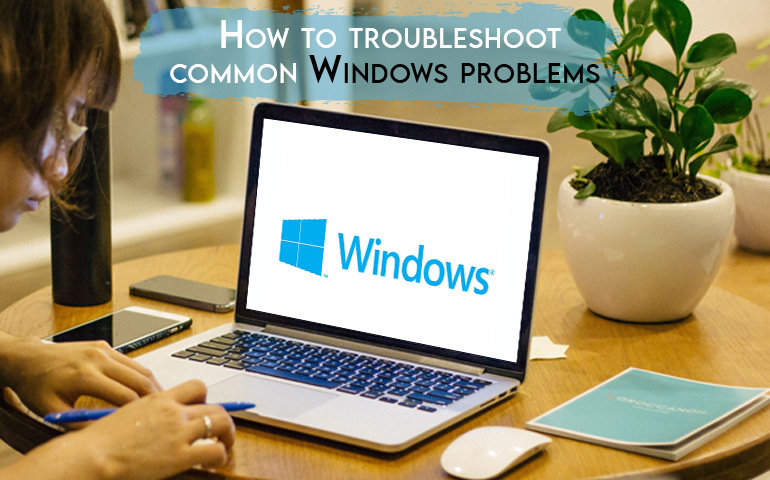How to Troubleshoot Common Windows Problems
Windows is a widely used operating system, but like any technology, it can encounter issues. Knowing how to troubleshoot common Windows problems can save you time and frustration. In this guide, we will explore some common Windows issues and provide step-by-step solutions to resolve them.
Slow System Performance
One of the most common Windows problems is sluggish system performance. To troubleshoot this issue, start by checking for malware or unnecessary background programs. Next, optimize your startup programs and ensure you have enough free disk space. Updating your drivers and performing regular system maintenance tasks, such as disk cleanup and defragmentation, can also significantly improve performance.
Blue Screen of Death (BSOD)
The dreaded Blue Screen of Death (BSOD) can be alarming, but it often indicates a hardware or driver issue. To troubleshoot this problem, start by updating your drivers and ensuring your Windows operating system is up to date. If the problem persists, you can use the built-in Windows Memory Diagnostic tool to check for memory errors. Additionally, checking for hardware issues, such as loose connections or faulty components, may be necessary.
Internet Connection Problems
When experiencing internet connection problems on Windows, begin by restarting your modem and router. Check for any physical connection issues and ensure your Wi-Fi is turned on and correctly configured. Updating your network adapter drivers and running the Windows Network Troubleshooter can help identify and resolve connectivity issues. If you're using a Wi-Fi connection, moving closer to the router or connecting via Ethernet can help determine if the problem lies with the wireless signal.
Application Crashes
If certain applications crash frequently on your Windows system, start by updating them to the latest versions. If the crashes persist, check for compatibility issues and ensure your system meets the application's minimum requirements. Running the application as an administrator or in compatibility mode may also help. In some cases, conflicts between software or incompatible drivers can cause crashes, so consider uninstalling recently installed programs or updating conflicting drivers.
Windows Update Failures
Windows updates are essential for system security and performance. If you encounter issues with Windows updates, first check your internet connection and ensure there's enough disk space for the update. Restarting your computer can sometimes resolve update-related problems. If the issue persists, use the Windows Update Troubleshooter tool or manually reset the Windows Update components. In extreme cases, restoring your system to a previous restore point or performing a clean installation of Windows may be necessary.
Conclusion
Troubleshooting common Windows problems doesn't have to be a daunting task. By following the steps outlined in this guide, you can effectively resolve issues such as slow system performance, Blue Screen of Death errors, internet connection problems, application crashes, and Windows update failures. Remember to always keep your Windows operating system and drivers up to date for optimal performance and security.



0 Comments On this Blog